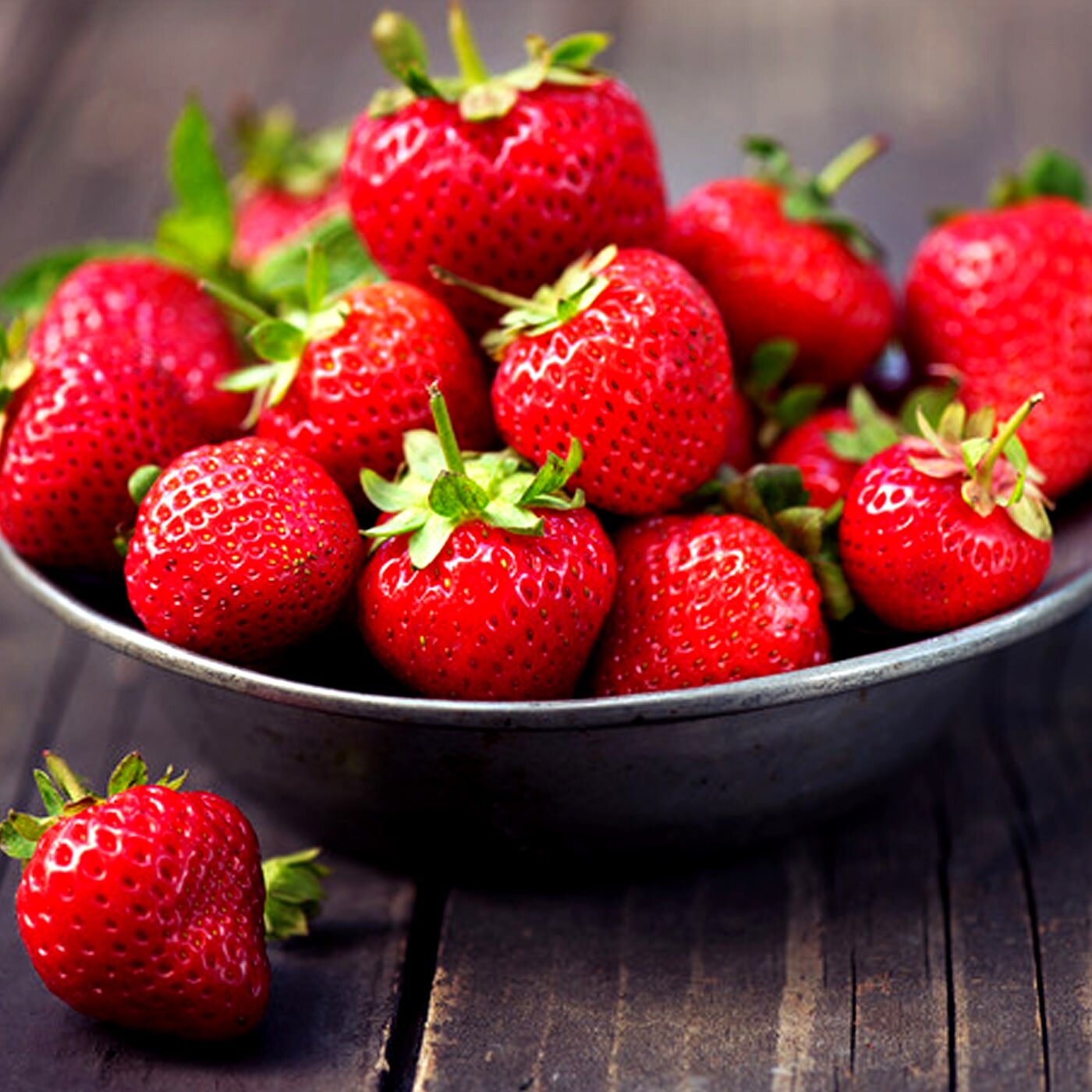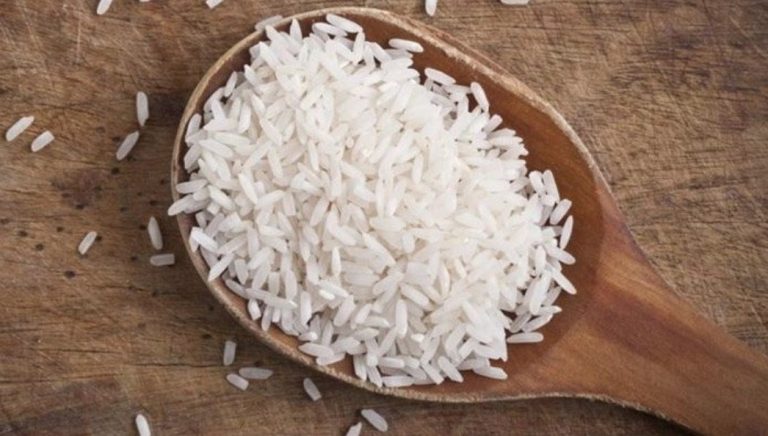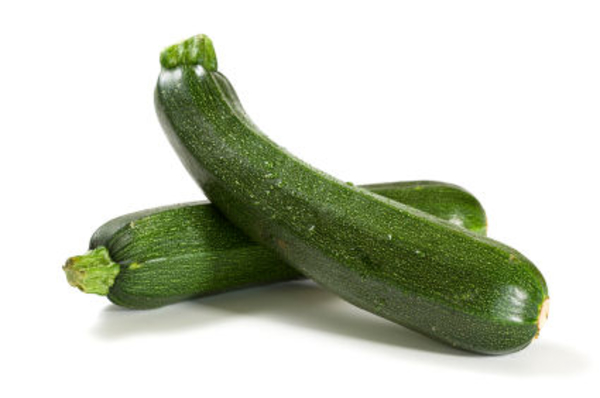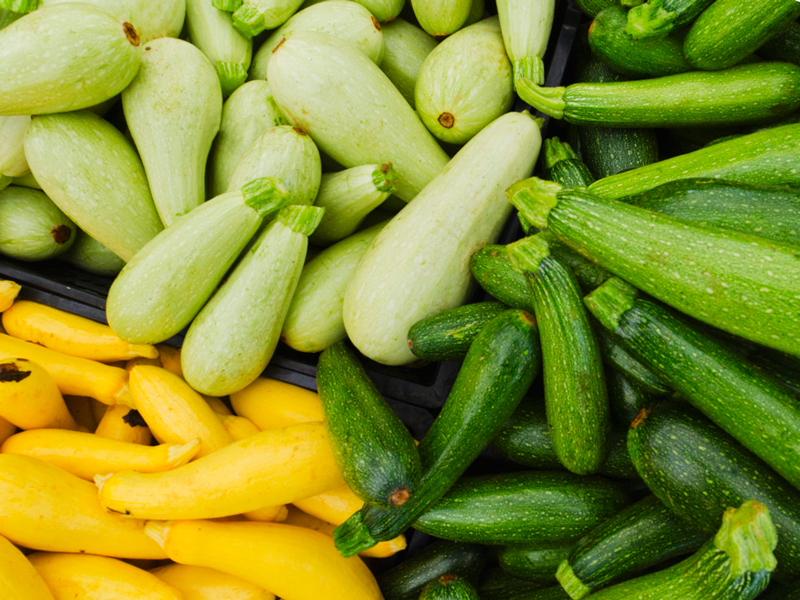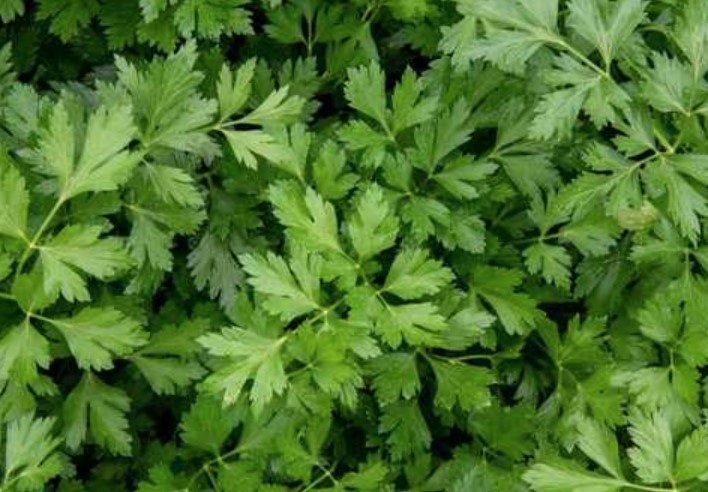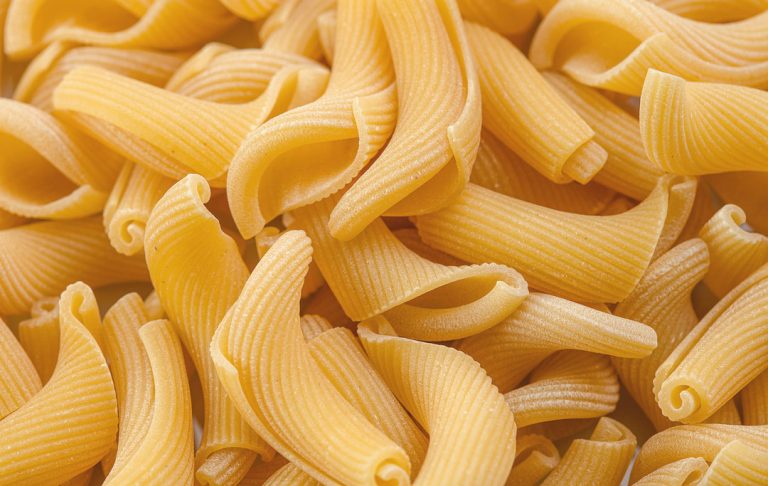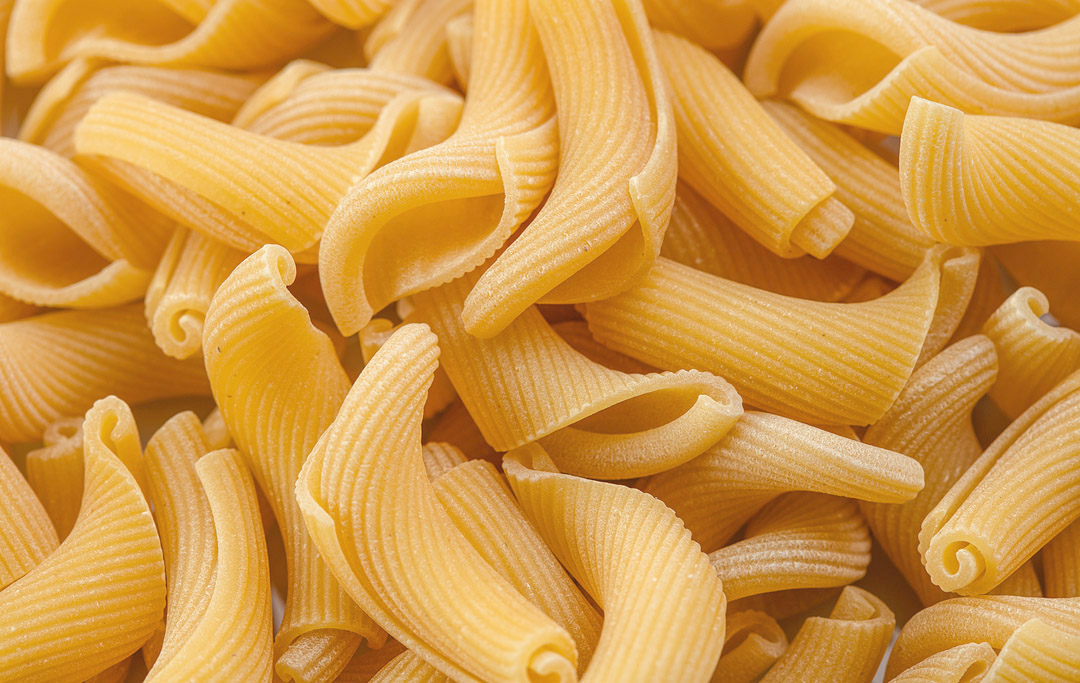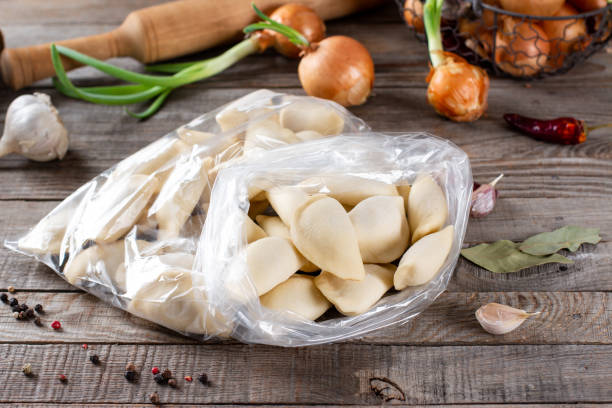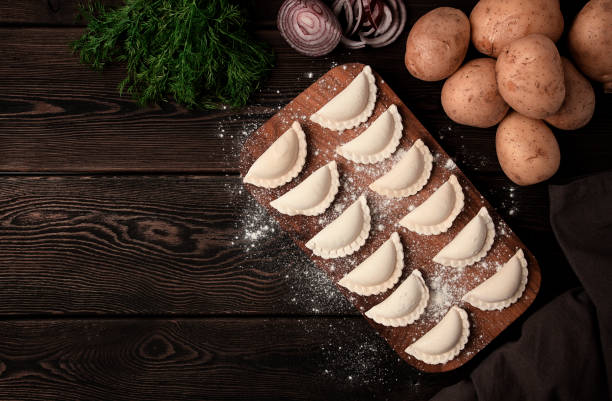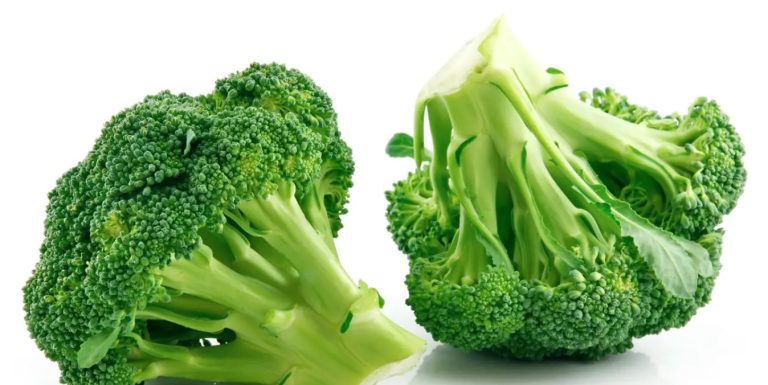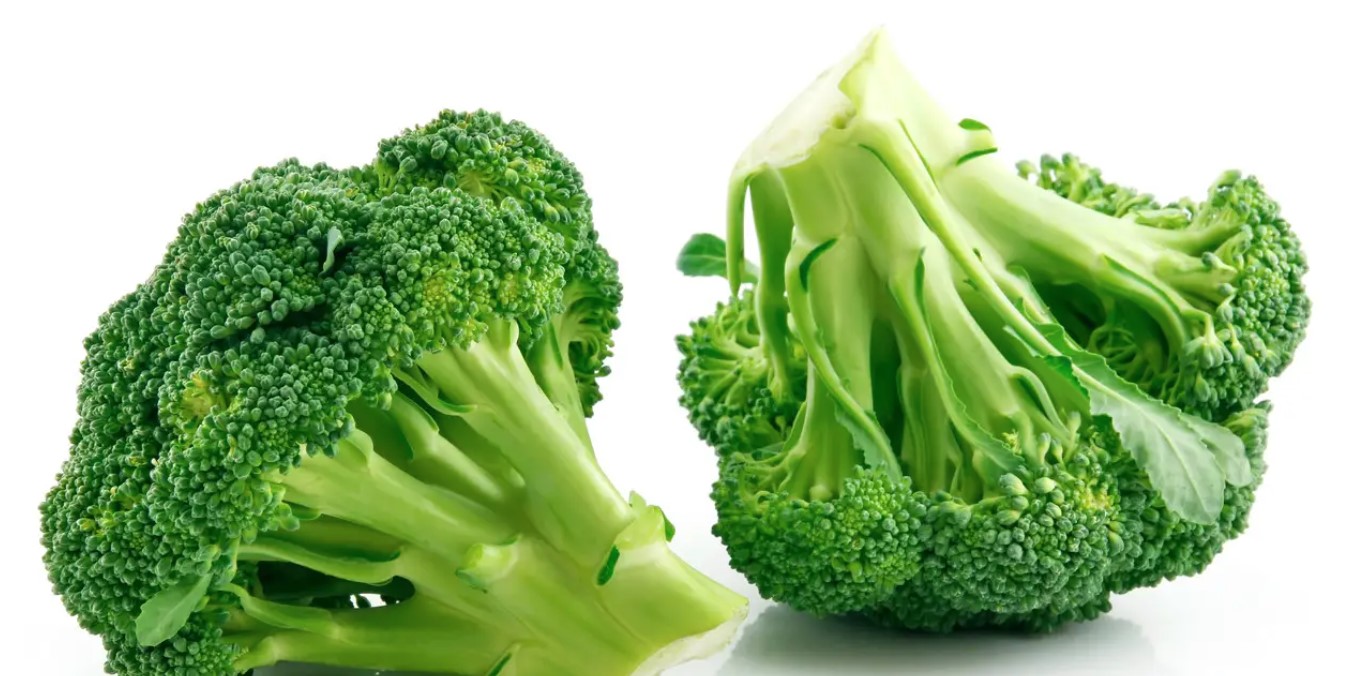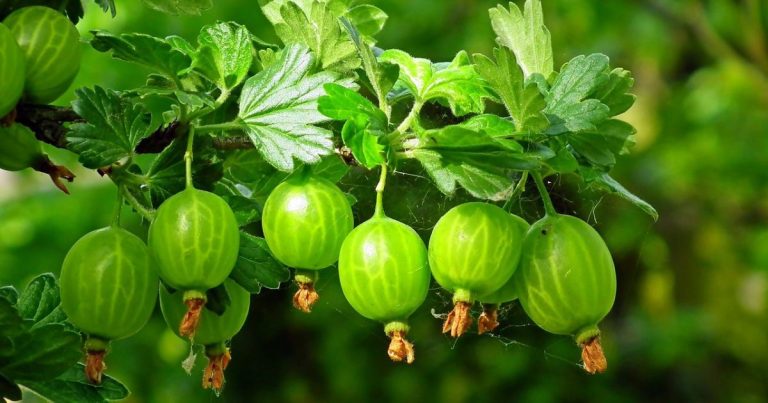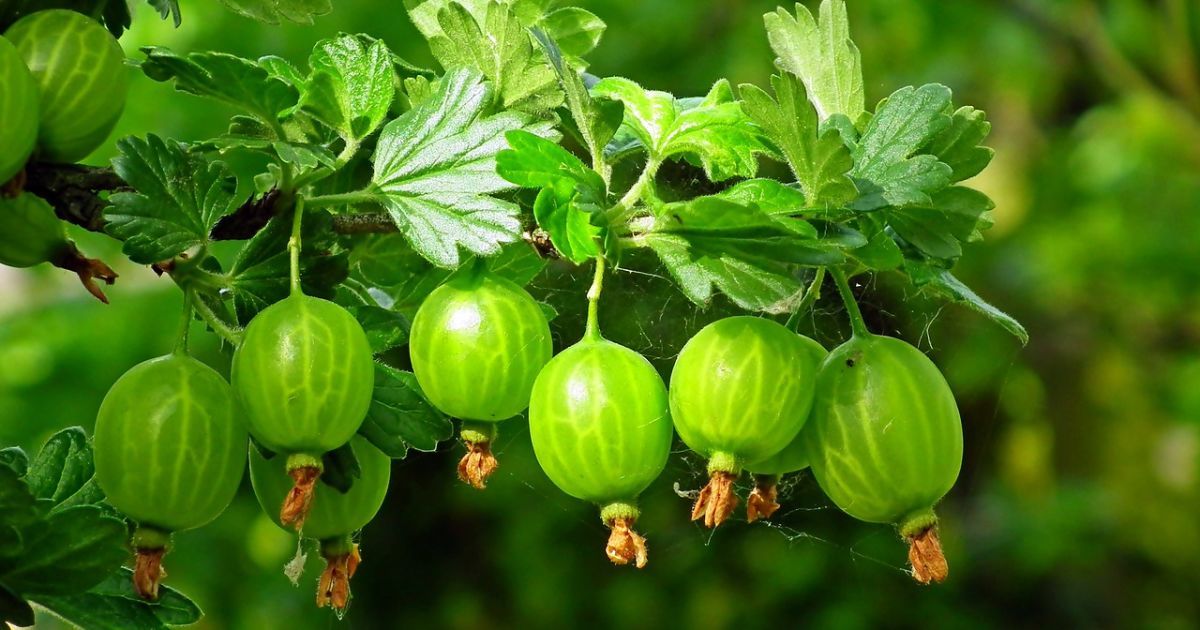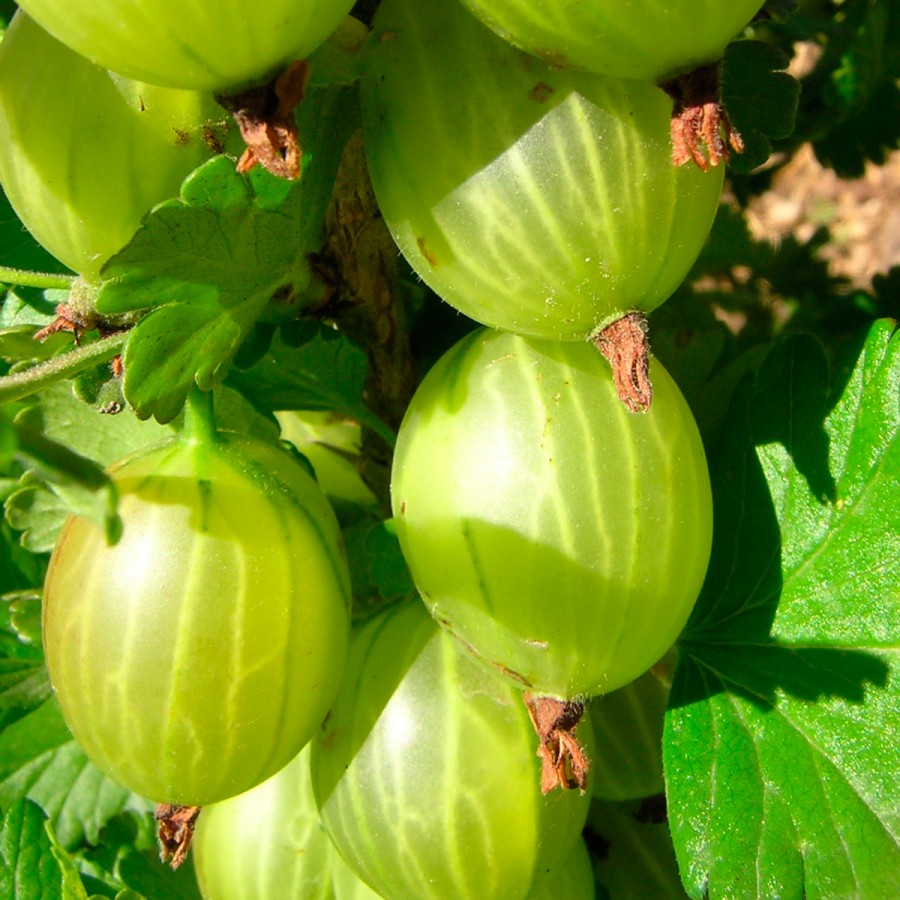Freezing chard is the best way to preserve the leafy greens. But how does one do it? We’ll explain how to do it best.
Chard is a seasonal vegetable. If you grow it in the garden, you often have more at once than you can use. In this case, you can give away excess harvest or freeze for self-sufficiency. That is how it goes.
Freezing chard: the preparation
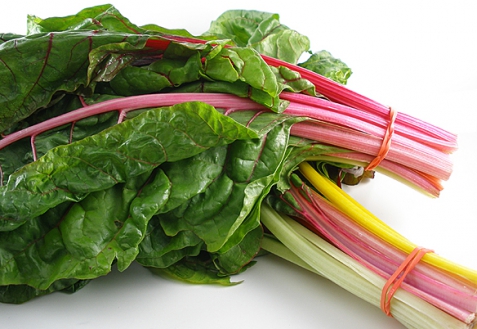
Before you can freeze the chard, you need to prepare it well:
Cut off dried stem ends.
Wash the chard thoroughly, preferably several times, as there are often a lot of earth residues attached.
For varieties with thick stems, you should remove them and cut them into pieces.
Cut the chard into small pieces. You can cut it a little coarser or finer according to your taste.
Blanch chard before freezing
Before freezing, you should blanch your chard. This means it keeps its color and can also be frozen to save space. Leaves and thicker stems should be blanched separately:
Put a large pot of water on and bring it to a boil. Lightly salt the cooking water.
While the water is getting hot, prepare a large bowl of ice water.
As soon as the water boils, first blanch the chopped chard stalks for one to three minutes.
Remove the stems from the water with a slotted spoon and shock them in ice water.
Blanch the leaves as well, but only for a minute.
Freeze chard
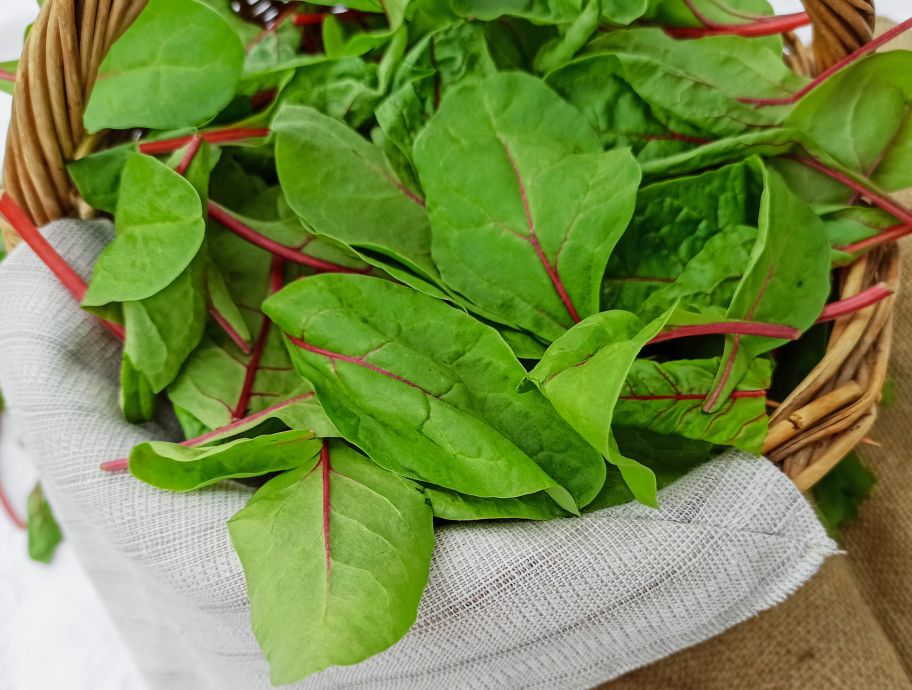
You can now freeze the prepared chard:
Drain the blanched chard thoroughly. You can also pat it dry with a cloth. It is important that it is completely dry.
Put the chard in portions in freezer containers, preferably made of glass or stainless steel. How to avoid plastic when freezing.
Place the containers in the freezer or freezer.
The chard can be frozen for around eight to twelve months.


